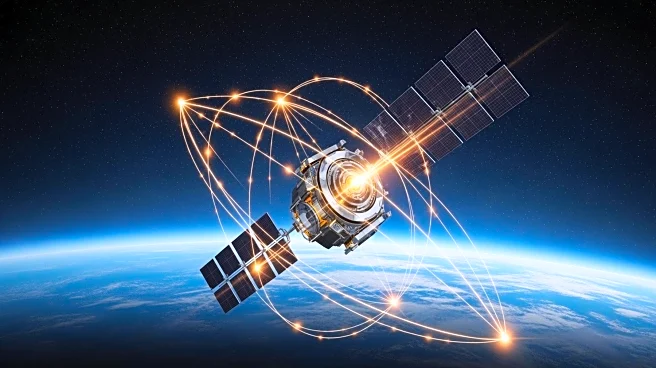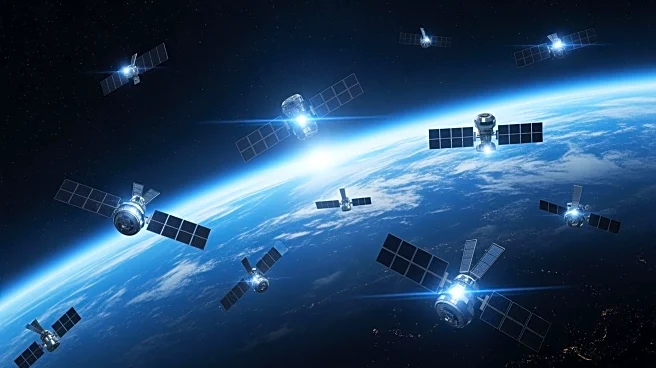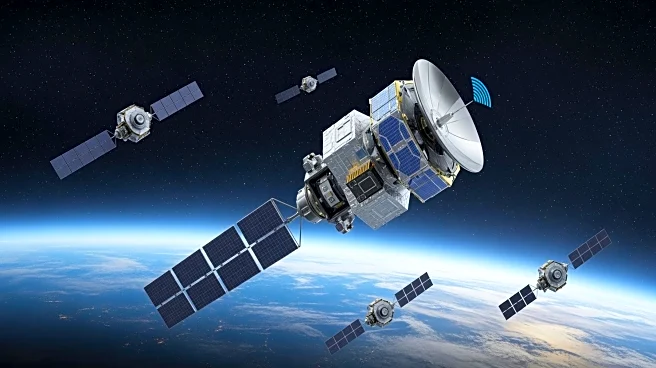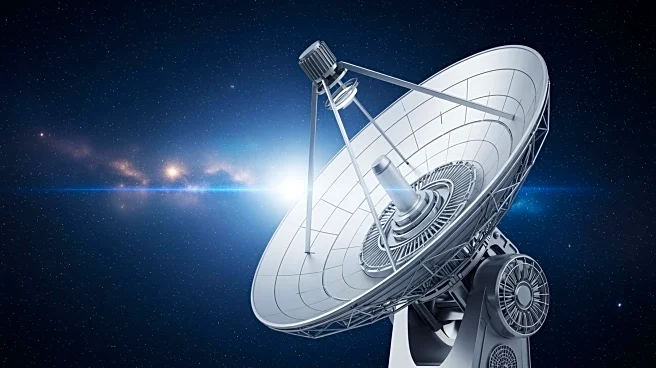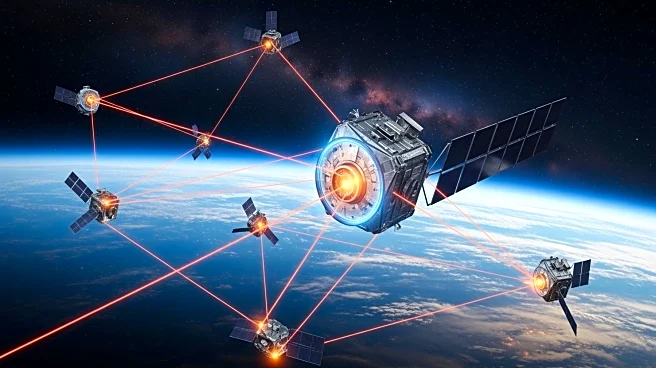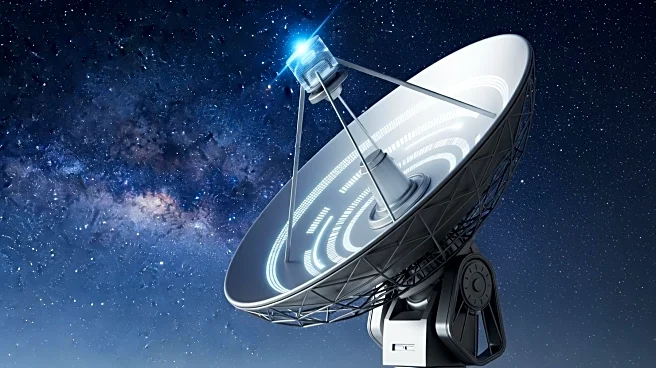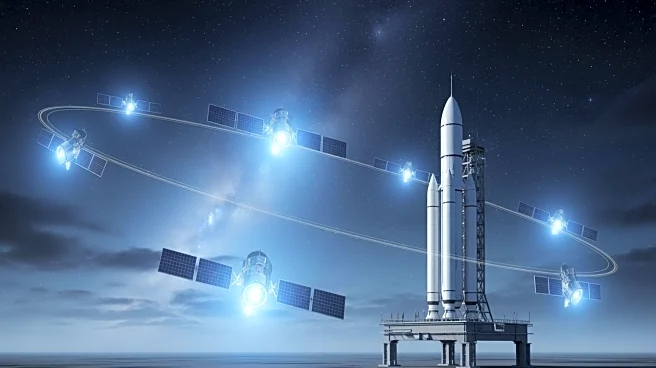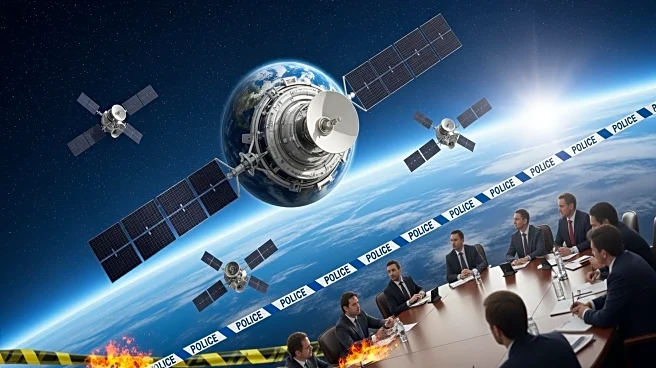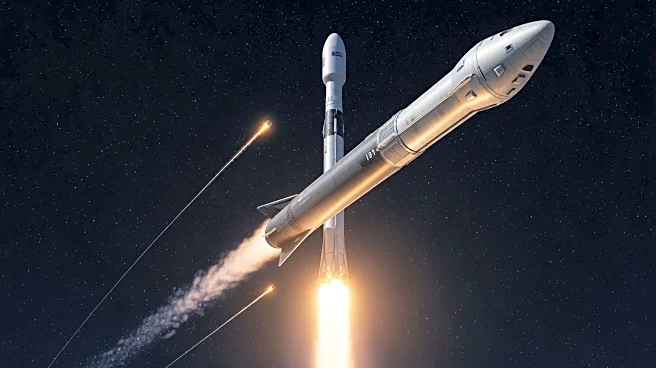What's Happening?
Muon Space has announced plans to incorporate Starlink's mini laser technology into its upcoming Halo spacecraft, marking the first instance of a company outside SpaceX utilizing this technology. The integration
aims to enhance data transfer capabilities, allowing Muon satellites to join the Starlink network for real-time data access and high-bandwidth streaming. This development is expected to significantly reduce latency, enabling data transfer speeds of up to 25Gbps between satellites. The technology is set to be implemented in Muon's satellites by 2027, with the potential to transform satellite communication by providing persistent connectivity similar to modern internet access.
Why It's Important?
The adoption of Starlink's laser technology by Muon Space represents a significant advancement in satellite communication, potentially revolutionizing data transfer in space. This development could have far-reaching implications for industries reliant on satellite data, such as environmental monitoring and disaster response. By reducing latency and increasing data transfer speeds, the technology could improve the efficiency and effectiveness of satellite-based services. Additionally, the integration of this technology into Muon's FireSat system could enhance the ability to track and manage wildfires, providing critical data to emergency responders.
What's Next?
As Muon Space prepares to launch its first satellite equipped with Starlink's laser technology in 2027, the company is likely to focus on testing and refining the system to ensure reliability and performance. The success of this integration could pave the way for broader adoption of laser communication technology in the satellite industry, potentially leading to new partnerships and collaborations. Stakeholders in the satellite and telecommunications sectors will be closely monitoring the progress of this initiative, as it could set a new standard for data transfer in space.
